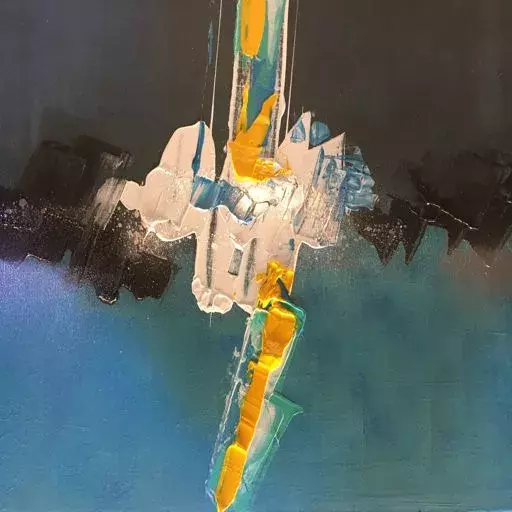

And after aaaaaall you’re my terminaaaaaaal
He/him
Formerly on .world.


And after aaaaaall you’re my terminaaaaaaal


That’s what I love about my ‘23 Yaris. The entertainment system is basically a radio and hybrid telemetry. Everything else is CarPlay/Android Auto. No shitty outdated maps, no 90’-style MP3 player…


gestures!
Still the reason that 20+ years later the second thing I install on any browser is a gestures extension (the first one is always uBlock Origin, obviously).
Seconded, I moved my gaming rig is on Bazzite and has been trouble free and maintenance free ever since.
I installed Bluefin on the laptop I gave my father, and it’s been happily running trouble-free every single day since August without a single intervention. And my father is the kind of man who can conjure up unknown bugs, weird failures and random crashes by simple hand contact.


Thanks!


Shameless self promotion: https://lemm.ee/post/37682729
It won’t answer all of your answers, but it should at least give you a good primer on what distros are and what are the main key takeaways.


Seconded. I recently moved my gaming rig from Nobara to Bazzite because this machine is only occasionally booted, and I don’t want to spend the little time I have available for gaming doing maintenance instead. Except from a mounting error for my secondary drive that I made (bc after 20+ years on Linux I still can’t be arsed enough to learn how to fstab), I was in Cyberpunk 2077 in less than 5 minutes.
Pros:
Cons:
Pro tip: don’t keep your Steam games on a Windows partition. They won’t launch.
Must know Jira, Python, Snowflake, dbt, how to find the will to live.
I replaced the idiotically loud motherboard fan with a 24V 40/10 Noctua. It needs slightly longer screws than the stock ones but otherwise it’s a drop in replacement. Noise levels are much more acceptable now.


Haha thanks !
I would like to say I’m used to fstab too but honestly I barely have to use it once every five years 😅


The issue was indeed from the fstab. But it was because exec was specified before users.


The games crash long before launching proton. I suspect something is fishy in the runtime or even before that.


Worst case scenario, I have to nuke this drive and start over. I’ll keep digging tho.


Good call. I’m seeing some stuff I don’t like, I’ll investigate tomorrow.


99% of the time, if a game “should run fine” and nothing happens, it’s because it’s installed on a Windows partition (NTFS or exFat).
Try moving it to a Linux partition.
If it still doesn’t work, you can start advanced troubleshooting.


I had to swap the stock fan for a Noctua since it was unbearably loud, adjust the volumetric flow and spend some time adjusting the Z-offset. I should also tension the belts a bit but it looks super non-trivial.


The SV08 has been out since at least summer. I’ve had mine since September and I’m super satisfied with it. It is not a beginners machine however, there are a couple of mandatory tweaks and upgrades to make it usable. Nothing unsurmountable but having modded the shit out of my Ender 3 helped a lot.
Unless most “relevant” answers point to a Microsoft help forum with shit answers.
I have to use windows for work and I hate this bullshit.
Unless you go once near a beach and a single grain of sand gets past the airtight bag the phone was in and the Totally-IP67-We-Swear phone chassis and is fucking destroys the screen from the inside, with a repair bill worthy of a new phone because “that kind of damage is not under warranty”.
Source : happened to one of my best friends. Fuck you with a folding dildo, Samsung.